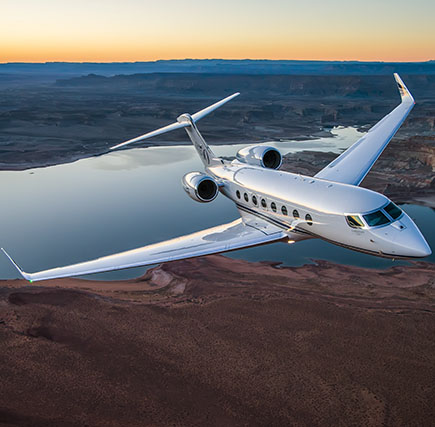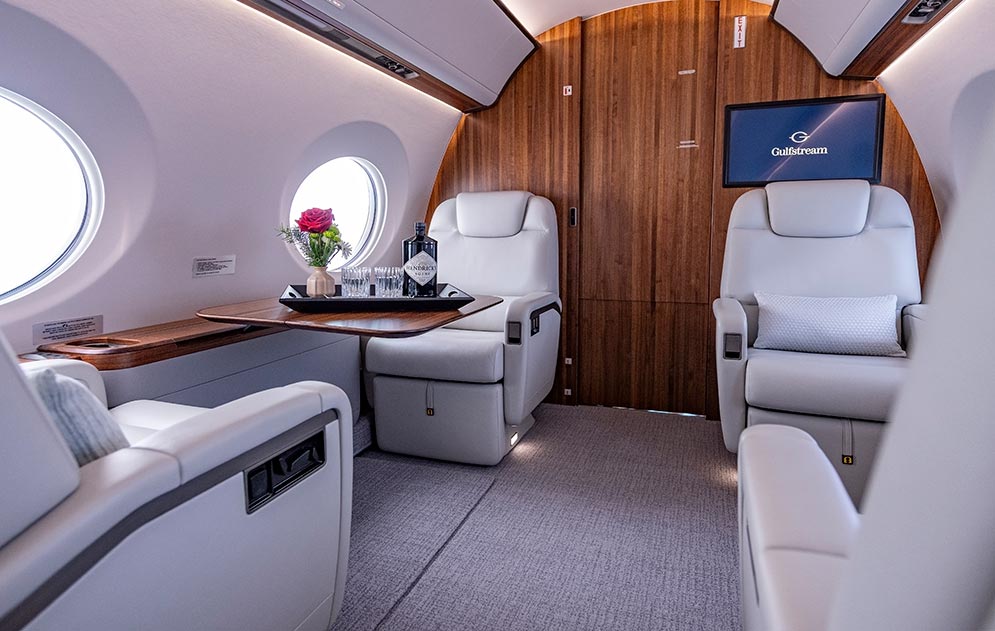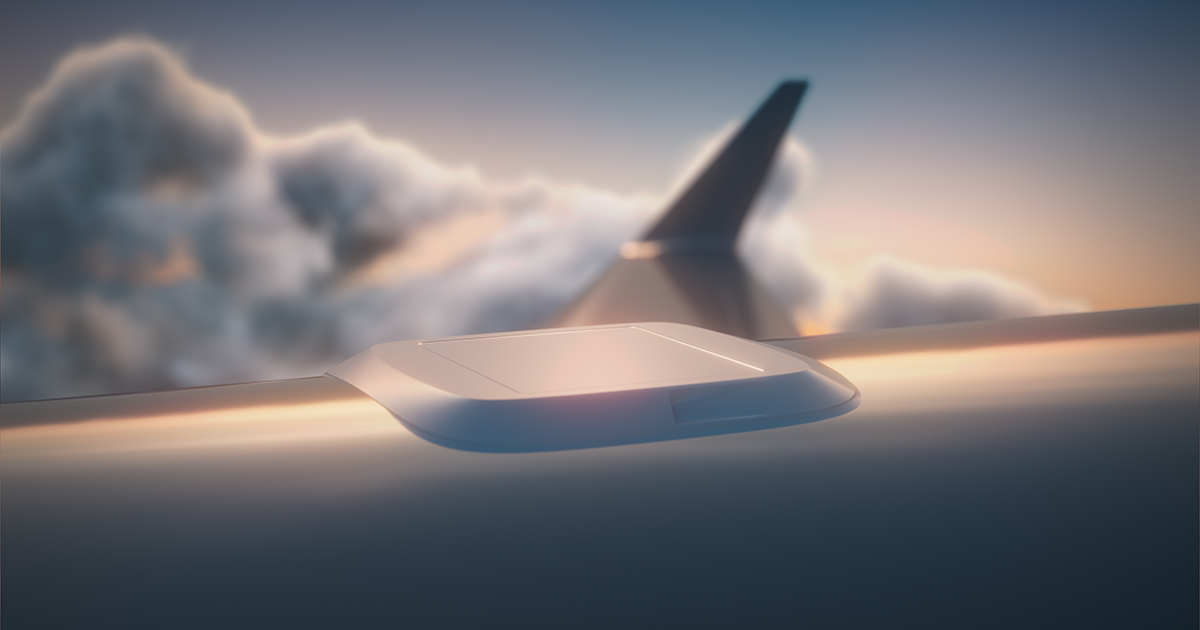
Business Jets with the Highest ROI from Charter
October 18, 2016
Fifteen years ago, a Gulfstream GIV was considered the epitome of luxury in private jet travel. The GIV was the largest, fastest, most luxurious private jet flying. And in the charter market, an hour of flight on a GIV would cost approximately $5,500.
Fast forward fifteen years, the GIV is no longer in production, replaced by the G450, and for longer range and larger cabin options, the G550 and G650. Yet there are still over 500 GIVs flying, and many of them are available for charter, for about $6,000 per hour.
Does it seem strange that the hourly charter price of this aircraft has not changed much in fifteen years? Shouldn’t inflation alone drive the price per hour up over fifteen years? It’s an interesting question that requires a bit of analysis as to what has been transpiring in the private jet charter market over the past decade and a half.
Charter prices are driven by several factors. The largest cost component is fuel. As fuel prices increase, the hourly rate must increase to compensate for it. But charter prices are also driven by demand. And newer aircraft are not only more desirable, but are more efficient and cost less to operate.
Direct Operating Costs
So let’s look back to 1999 and see what’s been going on. In 1999, the price of Jet-A fuel was about $1.00/gal. That seems hard to believe, given that today’s prices average $5.00/gal nationwide. And, in 1999, a GIV was selling for around $20M. Based on the $1.00/gal fuel price, the average hourly direct cost to fly a GIV was approximately $1,000. So if the charter rate was $5,500, the aircraft provided an overall profit margin of $4,500 per hour. Not a bad margin at all!
Based on current pricing for fuel and maintenance, today’s variable cost to operate a GIV is about $4,000 per hour, yielding a net margin of $2,000. This represents a reduction in operating margin of 55%! But we must also consider the current value of a GIV. The average market price of the GIV is now $5M, or 75% less than the price in 1999. So how do we attempt to make sense of this?
Cost of Capital
Let’s start by making an assumption that the cost of capital is 5%. In reality this number has varied over the years as interest rates have changed, but for the purposes of this analysis, we will maintain a constant cost of capital of 5% over the fifteen-year period. So the cost of capital of a $20M GIV in 1999 was $1M per year. And today, the cost of capital of a $5M GIV would be $250K.
We can now calculate the Return on Investment (ROI) as follow:
In 1999, the cost of capital is $1M with a $4,500 operating margin, the ROI on capital is $1M / $4,500, or about 222 hours of charter. What this means is that the GIV would need to charter 222 hours to cover the cost of capital.
In 2014, the ROI is $250K / $2,000, or about 125 charter hours. So even though the margin on this aircraft is 55% less now than it was in 1999, the owner only needs to charter 125 hours to cover the capital costs.
Beware of Rising Operating Costs
I chose the GIV for this article for a reason. The GIV represents a good value for an individual who wants to own an aircraft because the cost to fly it still allows for a reasonable offset or return, in spite of the margin squeeze taking place from rising fuel and maintenance costs.
If I were to run the numbers on a Gulfstream GII, two factors change the calculation dramatically. The GII burns substantially more fuel and has significantly higher maintenance costs, driving the operating costs above $4,500/hour. In addition, the GII is older, which further reduces charter demand so that the charter price would have to be less than $4,500/hour to be competitive in the marketplace with aircraft of similar performance and cabin dimensions. So essentially, the cost to operate a GII exceeds the price under which a typical charter client would likely pay to fly the aircraft.
Charter as a Cost Offset
So what can we make of this? For the individual who is thinking about buying an aircraft and looking to charter as a cost offset, it is important to consider the overall charter ROI for each make and model of plane. A lower priced aircraft may seem like a great value, but if its cost of operation and desirability in the charter market results in little margin per hour of flying, it doesn’t make financial sense.
The best aircraft that provide a reasonable return through charter are the ones where the fixed costs can be recovered through 200 hours or less of charter. These are the aircraft that charter operators often look to purchase for their fleets. And, with a little analysis, you can also find the perfect plane for both your own use and to provide a reasonable offset through charter.
For more information or to discuss the latest market trends and how to offset your operating expenses through charter revenue, contact Clay Lacy.
Joe Barber
Vice President, Fleet Development


